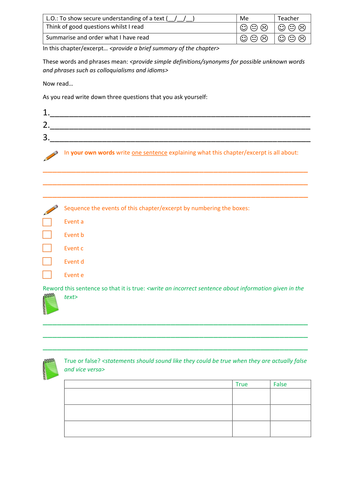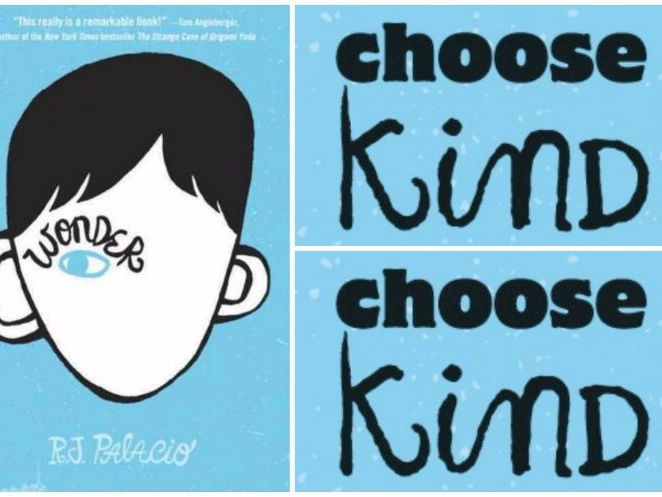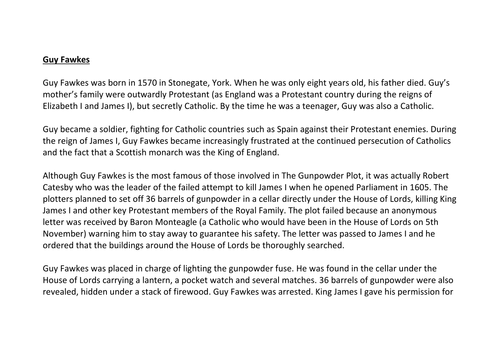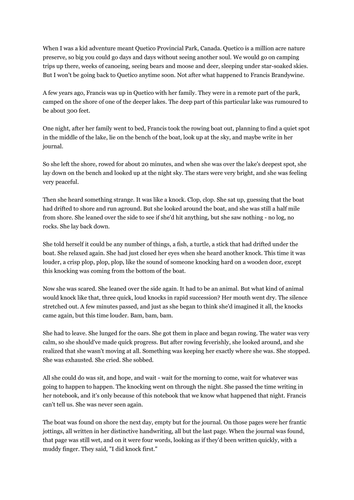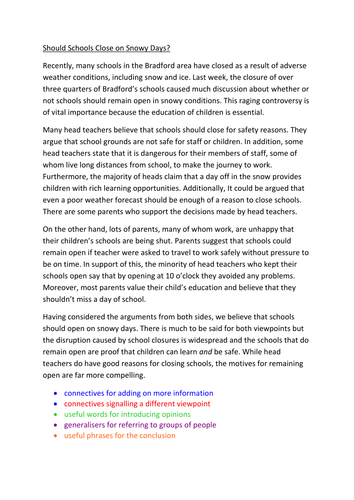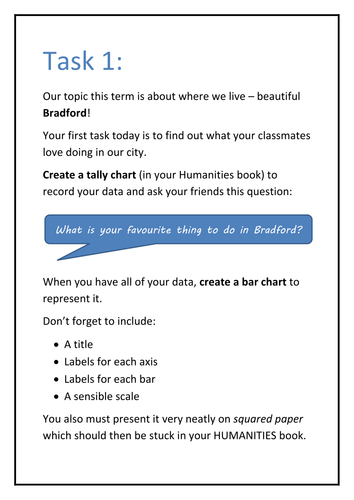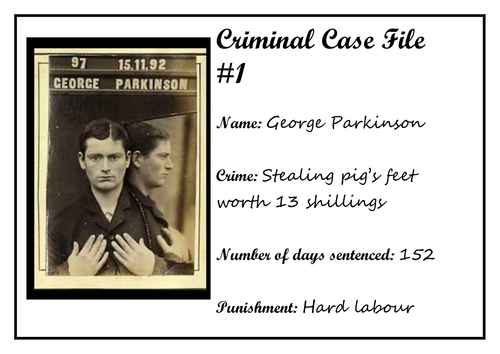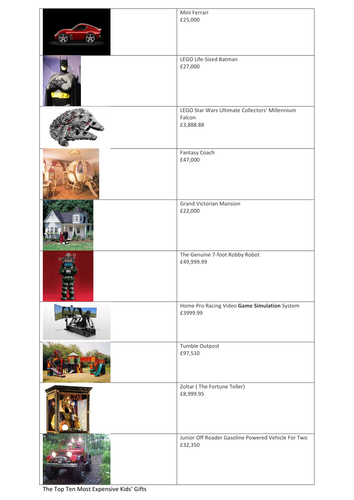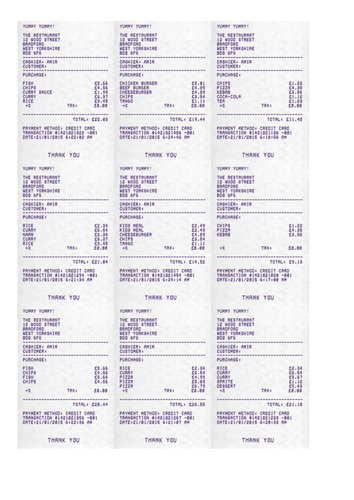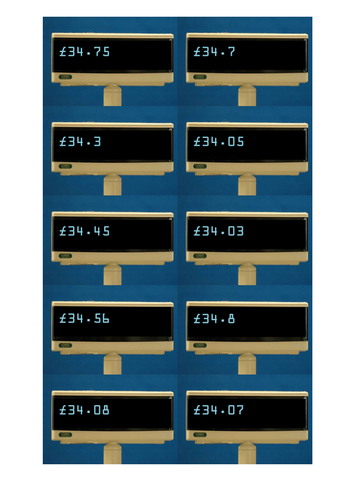
71Uploads
388k+Views
934k+Downloads
All resources

Hitler's Canary Supporting Non-Fiction Texts
A range of non-fiction resources to support understanding of key themes and events in Hitler's Canary by Sandi Toksvig.
The sets of questions named by the book's chapters are based on the book and not non-fiction texts.

The Boy in the Dress Reading Activity
A reading resource for a David Walliams excerpt made using an EAL reading comprehension structure: http://thatboycanteach.blogspot.co.uk/2016/12/structuring-reading-comprehension-for.html
With its colour-coding and symbols it also links to my Reading Roles: http://thatboycanteach.blogspot.co.uk/2016/12/reading-roles-cognitive-domains-made.html - a way of making the cognitive domains memorable for staff and children.

EAL reading comprehension activity structure
http://thatboycanteach.blogspot.co.uk/2016/12/structuring-reading-comprehension-for.html

Scaffolding Inference - a technique to help children to infer meaning from texts
Condensed from http://thatboycanteach.blogspot.co.uk/2016/10/scaffolding-inference-trialling.html
This is an explanation of on easy questioning technique to build children's understanding of what they are reading, focusing particularly on inference and how inference can be supported by vocabulary knowledge and information retrieval skills.
The symbols/colours are linked to: https://www.tes.com/teaching-resource/reading-roles-a-way-to-help-children-remember-the-cognitive-domains-ks1-and-ks2-11416334

Questions for Wonder by RJ Palacio (Via's section)
These questions are colour-coded and linked to symbols from my Reading Roles and some follow my scaffolding inference technique:
http://thatboycanteach.blogspot.co.uk/2016/10/scaffolding-inference-trialling.html

Questions for 1st section of Wonder by RJ Palacio
Many of these questions have been written using this technique: http://thatboycanteach.blogspot.co.uk/2016/10/scaffolding-inference-trialling.html and some of them draw on ideas from Rhoda Wilson: https://misswilsonsays.wordpress.com/2016/10/02/moving-beyond-reading-comprehension-sheets/

Reading Roles - a way to help children remember the areas of the content domain (KS1 and KS2)
Each of the new cognitive domains for reading has been linked to a well-known career/job/role in order to make each of the areas of the content domain easier to remember for both children and teachers.
Each area has a symbol and is colour-coded so that there are further ways for the children to remember the areas and what they mean.
These could be used to colour-code questions used in class - the symbols could also be assigned to question types so children begin to identify question types.

Francis transcript and shorter transcript
To be used with Richard Hickey's 'Francis' short film.
http://www.literacyshed.com/the-ghostly-shed.html
https://vimeo.com/84786815
The original script is written by novelist & screenwriter Dave Eggers and the original transcript was taken from http://www.thisamericanlife.org/radio-archives/episode/448/transcript
I rewrote the transcript to make it shorter so that it could be used as a Talk 4 Writing text.

Peloponnesian War Eyewitness Account/Recount (Soldier's Perspective)
A informal, 'chatty' eyewitness account of the Peloponnesian War. Suitable to use during a topic on The Ancient Greeks.
We used this as a Talk 4 Writing Text.

PowerPoint to Introduce SPAG/GPS SATs Test
PowerPoint to introduce SPAG/GPS SATs Test on Tuesday 10th May 2016 - run down of the question types.

Should Schools Close on Snowy Days? Discussion Text Example
A WAGOLL resource (based on a Talk For Writing piece) for a discussion text. Two different structures are provided.

Bradford Maths Challenges
A variety of maths resources linked to the City of Bradford based on percentages and data handling.

Criminal Case Division
A cross-curricular resource using real Victorian criminals based on their crime and their time!
Children have to use written methods of division to answer the questions ' Which criminal got the hardest sentence?'
-Or-
'How many days punishment did each crook get per shilling they stole?'
Formatted as posters to go up in the classroom so it can be quite an active activity.

Fagin's Gang Maths Problems
Cross Curricular Maths/History activity. Word problems involving the four operations.

Ordering numbers up to 1 million (and finding differences)
Boy-friendly maths activity ordering large numbers, carrying out calculations with large numbers and rounding large numbers.
Large numbers are all in the context of money and how much things cost - children's toys and most expensive movie cars.

Ordering Decimals in Context of Money
Print outs of receipts for fast food restaurants - order the receipts based on the amount of money.

The Invention of Hugo Cabret Lesson Resources
Included in this set of resources are summarised versions of the different parts of the story. These were created so that the children had something of a more realistic length to base their own story writing on. If you have the book you could create PowerPoint presentations combining the text and the images (for copyright reasons I have not included my versions of these).
Also included are 'box up' frames (Talk For Writing) and comprehension questions.

Victorian Crime Rates Data/Calculation Activity
A cross-curricular Maths and History (Crime and Punishment since 1066) activity based on crime rates in the Victorian times. Children will interpret the data, make a graph (bar or line) to represent the data then answer questions about the data.
There are three levels with the LA task using multiples of 1000, the MA task using mutliples of 100 and requiring a range of calculations to find what the data is to put on their graphs and the HA task using 4 digit numbers and again requiring a range of calculations to find what the data is to put on their graphs.



